The ecommerce landscape is continuously evolving, and one of the most lucrative opportunities for entrepreneurs is building a private label brand on Amazon. Unlike selling products from other manufacturers, private labeling allows you to create your own brand, giving you control over every aspect, from product quality to branding and marketing.
In this comprehensive guide, we’ll take you through everything you need to know about building a private label brand on Amazon, including the benefits, product selection, and the steps involved in launching and scaling your business. Whether you’re just getting started or looking to scale, this guide will provide actionable insights that can help you succeed.
What is Amazon Private Label?
Private labeling refers to selling products made by a third-party manufacturer under your own brand name. When you launch a private label business on Amazon, you essentially create your own product line, customize its packaging, branding, and marketing, and sell it on the platform.
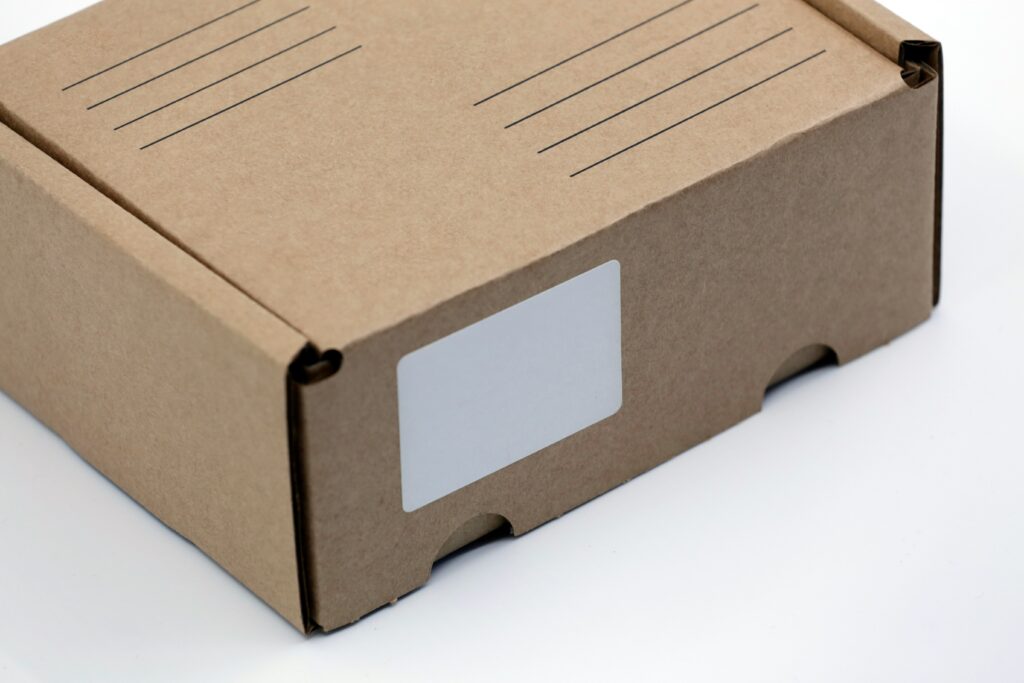
Here’s how it works in a nutshell:
- You find a manufacturer who produces the product you want to sell.
- You brand the product with your own logo, design, and packaging.
- You list the product on Amazon under your own brand.
- Amazon handles much of the logistics, especially if you’re using Fulfillment by Amazon (FBA).
This model is popular because it offers more control over pricing, branding, and customer relationships compared to selling other brands’ products. Plus, the potential for higher profit margins is a significant draw, as you aren’t competing with the same product under multiple sellers.
Amazon private label sellers have grown in number, and while the competition can be fierce, with the right strategy and market positioning, it can be highly profitable.
Benefits of Building a Private Label Brand on Amazon
Creating a private-label brand on Amazon comes with numerous benefits. Here are some of the most compelling reasons to consider this business model:
1. Brand Ownership and Control
When you sell other brands’ products, you have little control over factors such as pricing, product quality, or even listing content. With a private label, you control every element of your product, from packaging design to product features, allowing you to create a unique brand identity that stands out from the competition.
2. Higher Profit Margins
Private label products typically offer higher profit margins because you eliminate middlemen (distributors or wholesalers). You source directly from manufacturers, which means you can negotiate better pricing, especially when buying in bulk. Plus, as the sole seller of your product on Amazon, you can set your price to maximize profit.
3. Product Differentiation
Private labeling allows you to customize your product and make it unique to your brand. This can be a game-changer, especially in saturated markets where product differentiation can be the key to success. You can modify the product itself, create unique packaging, and even design your own logo and branding elements to attract your target audience.
4. Brand Loyalty
As you build your private label business, you also build brand loyalty. Customers will begin to recognize your brand and associate it with quality, reliability, or other values you stand for. Over time, this can lead to repeat customers and even the potential for expansion into new product categories.
5. Scalability
Private labeling on Amazon is highly scalable. Once you’ve successfully launched one product, you can easily add complementary products to your catalog. Since Amazon handles much of the logistics, scaling your brand to include multiple products can be done with less overhead.
How to Choose the Right Private Label Products to Sell
One of the most crucial steps in building a private label brand on Amazon is selecting the right product. Product selection can make or break your business, so it’s important to take this step seriously.
1. Market Research
The first step is to understand your target market. What products are people searching for? What problems are they trying to solve? Start by conducting keyword research on Amazon using tools like Helium 10 or Jungle Scout. These tools allow you to see which products have high search volumes and low competition, which is the sweet spot for private label sellers.
2. Competitor Analysis
Check out the competition. Look at existing products in the niche you’re interested in and assess how many sellers are offering similar products. You want to avoid markets where there are already too many established players unless you can offer a significantly better product. Check customer reviews on similar products to identify pain points that you can address with your private label version.
3. Profitability and Demand
Ensure that the product you choose has enough demand to make your business viable but isn’t so competitive that breaking in becomes nearly impossible. Additionally, make sure the product has a decent profit margin. Ideally, aim for products that you can sell at 3x the cost of goods sold (COGS).
4. Supplier Research
You’ll need a reliable manufacturer who can produce high-quality products at scale. Websites like Alibaba are great places to find manufacturers, but make sure to vet your suppliers by asking for product samples and checking references.
5. Regulatory Compliance
If your product is in a niche with strict regulations (e.g., food, supplements, or cosmetics), ensure you comply with Amazon’s policies and local laws. Some product categories require specific certifications, such as FDA approval for health-related products.
Steps to Launch Your Private Label Brand on Amazon
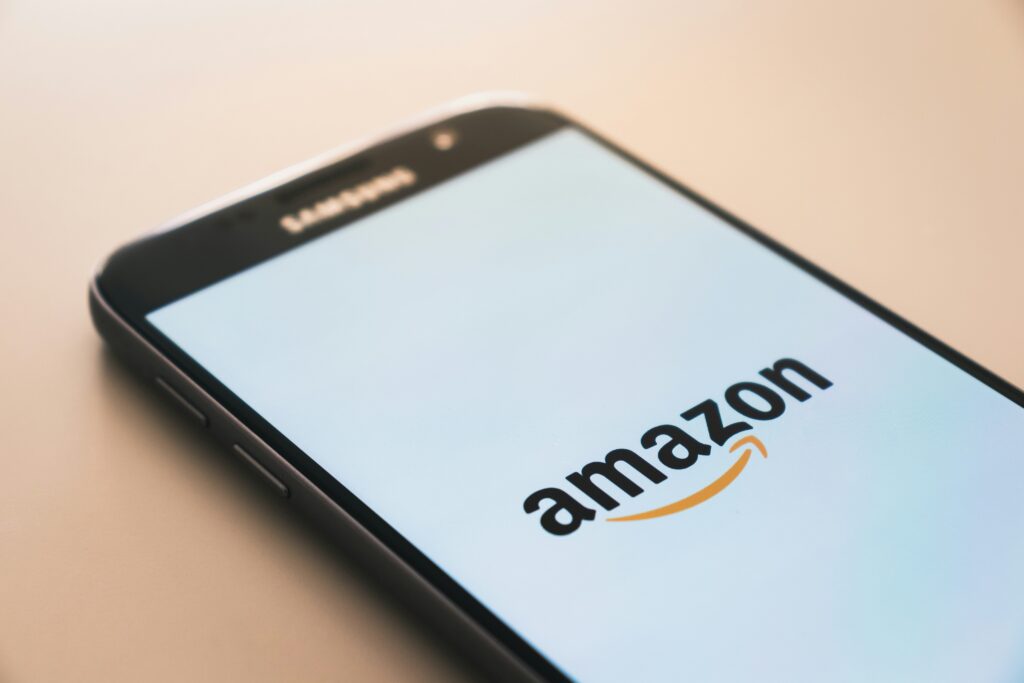
Once you’ve chosen the right product, it’s time to launch your private label business on Amazon. Below are the steps you need to follow:
Step 1: Researching and Sourcing Products
As mentioned, sourcing a high-quality product is critical. After identifying your niche, negotiate with manufacturers for the best price, minimum order quantities (MOQs), and shipping terms. Don’t hesitate to ask for samples to ensure product quality.
Step 2: Creating Your Brand Identity
Branding goes beyond slapping a logo on your product. You want to create an identity that resonates with your target audience. This involves choosing the right name for your brand, designing visually appealing packaging, and making sure your messaging speaks to the customer’s needs.
Brand elements to focus on:
- Logo design
- Brand colors and typography
- Packaging design
- Product inserts (e.g., thank you notes or instruction manuals)
A well-thought-out brand identity will make your product more memorable and increase its perceived value.
Step 3: Setting Up an Amazon Seller Account
To sell on Amazon, you’ll need to create a seller account. Opt for a Professional Selling Plan if you plan to sell more than 40 units per month. Once your account is created, you’ll also need to set up Fulfillment by Amazon (FBA), where Amazon handles warehousing, shipping, and customer service for you.
Step 4: Product Listing Optimization
Optimizing your product listing is key to driving visibility and sales. Your listing should include:
- A compelling title that includes relevant keywords.
- A well-written product description that highlights key features and benefits.
- High-quality images showing the product from various angles.
- Bullet points that describe the main selling points.
Additionally, use Amazon’s search terms fields to include additional keywords that customers might use when searching for your product.
Step 5: Marketing Your Private Label Brand on Amazon
Once your product is live, use Amazon’s PPC (Pay-Per-Click) advertising to drive traffic to your listing. Amazon PPC allows you to bid on keywords so your product appears in the sponsored section of search results. In addition, building product reviews early on is crucial, as social proof drives sales.
You can also promote your private label brand outside of Amazon by leveraging social media, email marketing, or influencer partnerships.
Mistakes to Avoid When Building a Private Label Brand
Starting a private label brand comes with challenges, and many entrepreneurs make common mistakes along the way. Here are some to avoid:
- Choosing the Wrong Product: A product with low demand or high competition can lead to failure. Do thorough research before committing.
- Neglecting Supplier Relationships: Don’t compromise on product quality to save a few bucks. Maintaining a strong relationship with your supplier is essential for long-term success.
- Ignoring Marketing: Simply listing your product won’t guarantee sales. Invest in marketing, especially early on, to build momentum.
- Not Focusing on Branding: Branding isn’t just an afterthought. A strong, consistent brand builds trust and can differentiate you in a crowded market.
How Much Does It Cost to Start a Private Label Brand on Amazon?
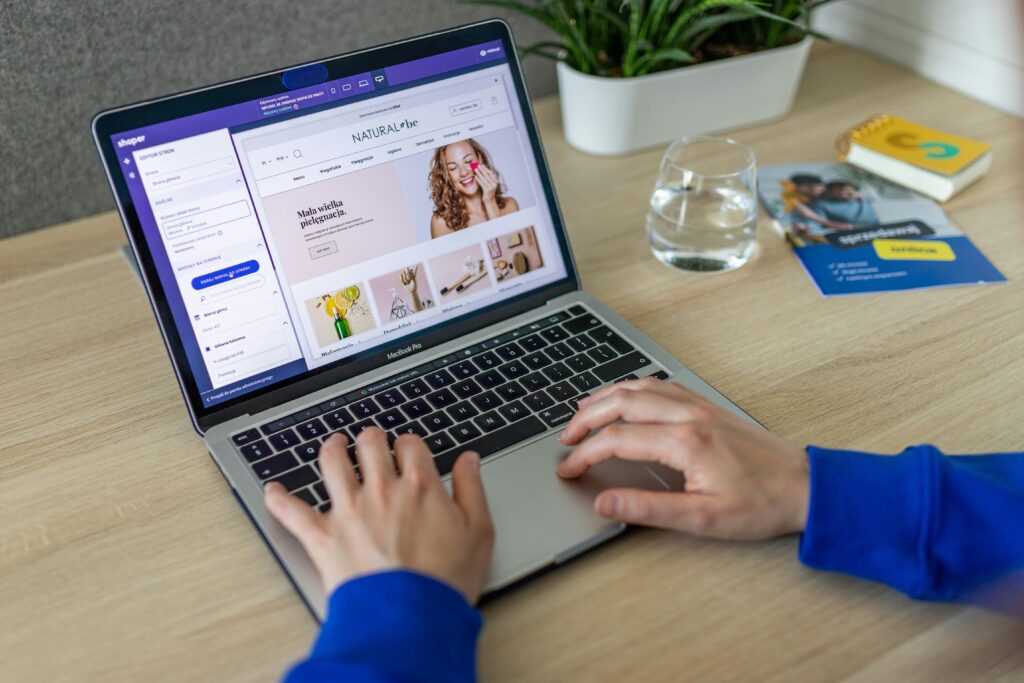
Starting a private label brand on Amazon requires some upfront investment. Here’s a breakdown of common costs:
- Product Sourcing: Depending on the niche and supplier, expect to spend $1,000 to $3,000 on your first inventory order.
- Shipping Costs: Shipping costs vary depending on the size and weight of your product. For international shipping (e.g., from China), this could range from $300 to $1,000.
- Amazon Fees: Amazon takes a referral fee (usually 15%) on each sale and charges a monthly subscription fee of $39.99 for a Professional Seller account.
- Branding and Packaging: Designing a logo and custom packaging can cost $500 to $1,500, depending on the complexity.
- Advertising (PPC): Set aside a monthly budget for Amazon PPC campaigns. Start small, around $300 per month, and increase as you see positive returns.
How to Scale Your Amazon Private Label Business
Once you’ve successfully launched your private label brand, the next goal is scaling. Here’s how you can grow your business:
- Expand Product Lines: Launch additional products that complement your existing offerings. This helps increase your market share and customer base.
- Optimize Operations: Streamline your logistics by working with trusted suppliers, using FBA, and negotiating better rates as you grow.
- Invest in Marketing: As your business grows, invest in off-Amazon marketing channels such as Google Ads, Facebook Ads, or Instagram marketing to drive more traffic to your Amazon listings.
- Automate Reordering: Use inventory management tools to ensure you never run out of stock and optimize reordering from suppliers.
FAQs About Amazon Private Label
Q1: How long does it take to build a private label brand on Amazon?
It typically takes between 3 to 6 months to launch a private label brand on Amazon, depending on how quickly you can find suppliers, create your brand, and optimize your listing.
Q2: Can I sell private label products on Amazon from Pakistan?
Yes, Amazon allows sellers from Pakistan to participate in its marketplace. You’ll need to set up a seller account and use Fulfillment by Amazon (FBA) to handle logistics.
Q3: What is the minimum investment for a private label business on Amazon?
The minimum investment can vary, but you should expect to invest at least $2,000 to $5,000 to cover inventory, branding, and advertising costs.
Q4: How do I find the best private label products to sell?
Use tools like Helium 10 or Jungle Scout to conduct keyword research and identify product opportunities with high demand and low competition.
Q5: Is Amazon FBA necessary for private label sellers?
While not mandatory, Amazon FBA is highly recommended for private label sellers as it simplifies storage, shipping, and customer service.
Q6: What are the risks involved in building a private label brand?
Risks include choosing a product with low demand, dealing with unreliable suppliers, and failing to differentiate your brand from competitors. Proper research and planning can mitigate most of these risks.
How We Can Help You Build a Private Label Brand on Amazon
Building a successful Amazon private label brand requires not only knowledge but also experience in handling the challenges and nuances of the platform. Our team specializes in guiding entrepreneurs through the entire process of launching and scaling their private label business.
We offer services such as:
- Product research and selection assistance
- Brand development and packaging design
- Amazon listing optimization
- Marketing strategy development
Whether you’re new to Amazon or looking to scale an existing brand, we can help streamline the process and ensure you avoid costly mistakes.
Why You Should Contact Us for Your Amazon Private Label Journey
Starting a private label brand on Amazon can be overwhelming, especially when trying to navigate everything from product sourcing to marketing. If you’re looking for expert guidance to fast-track your success, we’re here to help. Contact us today for a free consultation, and let us help you turn your Amazon private label dream into a reality.

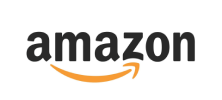







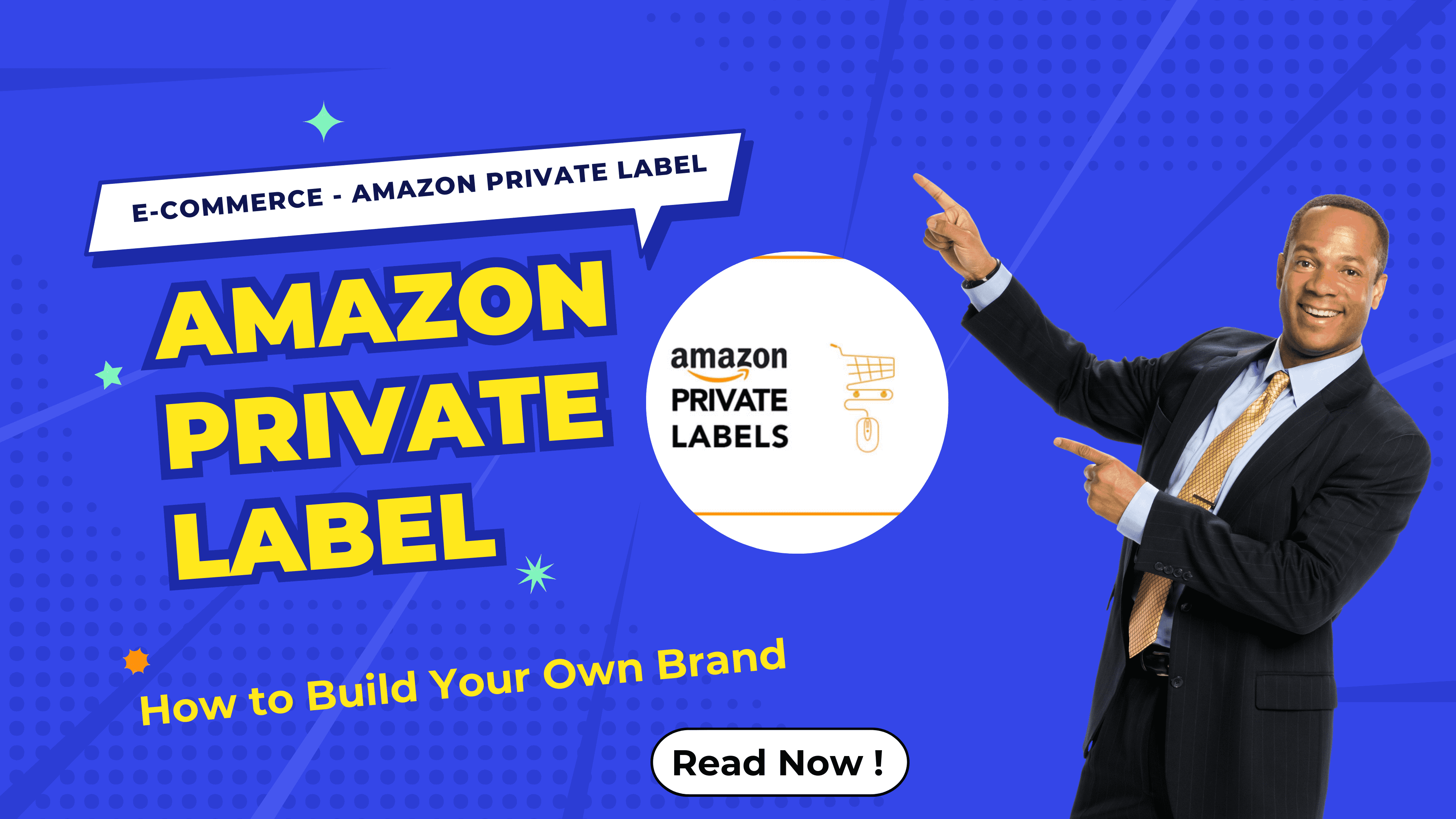
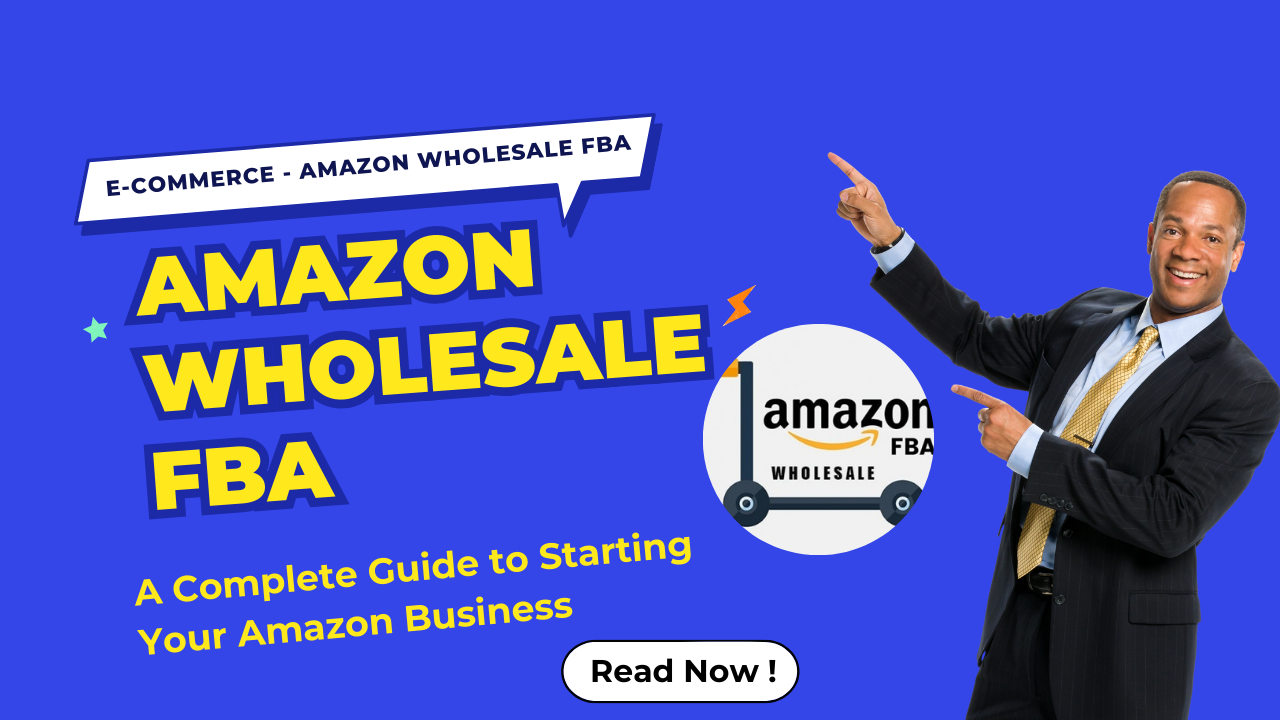



Amazon Wholesale FBA In Pakistan: A Complete Guide To Starting Your Amazon Business - Ecomia Global
[…] this, many Pakistani entrepreneurs have found ways to build successful Amazon FBA businesses, leveraging the platform’s global reach. In this guide, we will explore how […]